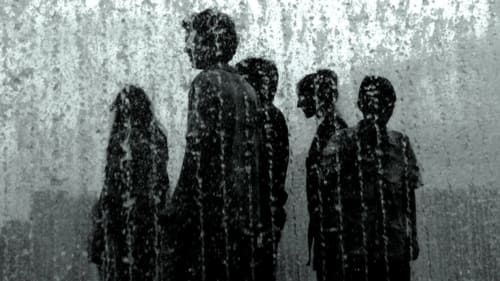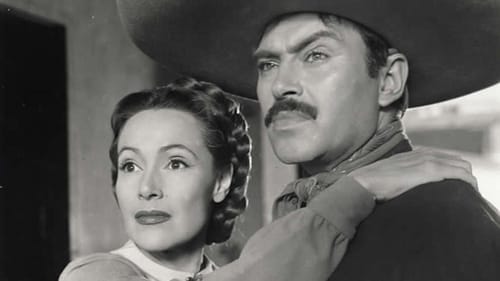
First Assistant Director
During 1950, Miguel Contreras Torres led a group of filmmakers to officially denounce William O. Jenkins' monopoly on film theaters, which was built throughout the country upon crime and corruption. Ever since, Uncle Miguel was ridiculed and eventually forgotten, but it is certain that his proclaim announced the separation of Mexican cinema and its audience. Discoveries may be found in the films made by Miguel, and bringing back to life these moving pictures might recover this history that was never told, a story that is almost lost and that Contreras Torres himself tried to pass on through his writings in The Black Book of Mexican Cinema.

Diego
Gaby, madre de Fer y Silvia, madre de Diego, viven sus vidas felizmente en familia, hasta que, a causa de una enfermedad renal que tiene Diego, descubren que los niños fueron intercambiados por accidente al nacer. Silvia busca recuperar la custodia de Fer e inicia un juicio legal que termina por ganar, así Diego acaba con Gaby, que con la intención de salvarle la vida busca a su padre biológico.

Ignacio
En la lluviosa madrugada del 2 de octubre de 1968, ocho personajes que esperan un camión en una remota estación en el medio de la nada para dirigirse a Ciudad de México comienzan a ser víctimas de un extraño fenómeno.

Executive Producer
The film is not constructed as a lineal story, instead, each scene works as a painter’s brush freely tracing a distinctive shape; the lifestyle of the Raramuri people, the particular way in which they relate within the family, the community and their surrounding nature. Nararachi’s warm, intimate and profoundly human insight of the indigenous lifestyle and culture is so powerful that it enables the viewer to expand her horizon.

Editor
The film is not constructed as a lineal story, instead, each scene works as a painter’s brush freely tracing a distinctive shape; the lifestyle of the Raramuri people, the particular way in which they relate within the family, the community and their surrounding nature. Nararachi’s warm, intimate and profoundly human insight of the indigenous lifestyle and culture is so powerful that it enables the viewer to expand her horizon.

Cinematography
The film is not constructed as a lineal story, instead, each scene works as a painter’s brush freely tracing a distinctive shape; the lifestyle of the Raramuri people, the particular way in which they relate within the family, the community and their surrounding nature. Nararachi’s warm, intimate and profoundly human insight of the indigenous lifestyle and culture is so powerful that it enables the viewer to expand her horizon.

Aunque suene increíble, al pequeño Ulises de tan sólo nueve años, de un día para otro le creció el bigote. Esta situación, en apariencia ordinaria, desata una serie de acontecimientos extraordinarios, para él, su mamá y sus mejores amigos

Editor
Dos hermanos que disfrutan de los placeres de la soltería tendrán que cambiar su vida cuando las hijas de uno de ellos lleguen para quedarse.

(uncredited)
Acacia, hija de la hacendada Raimunda, odia a Esteban, segundo marido de su madre. Con tal de huir de su hogar, Acacia acepta casarse con Faustino, a pesar de no estar enamorada. Esteban, enamorado de Acacia, manda a asesinar a Faustino. Acacia termina enamorándose de Esteban y enfrentando a su madre. (FILMAFFINITY)








